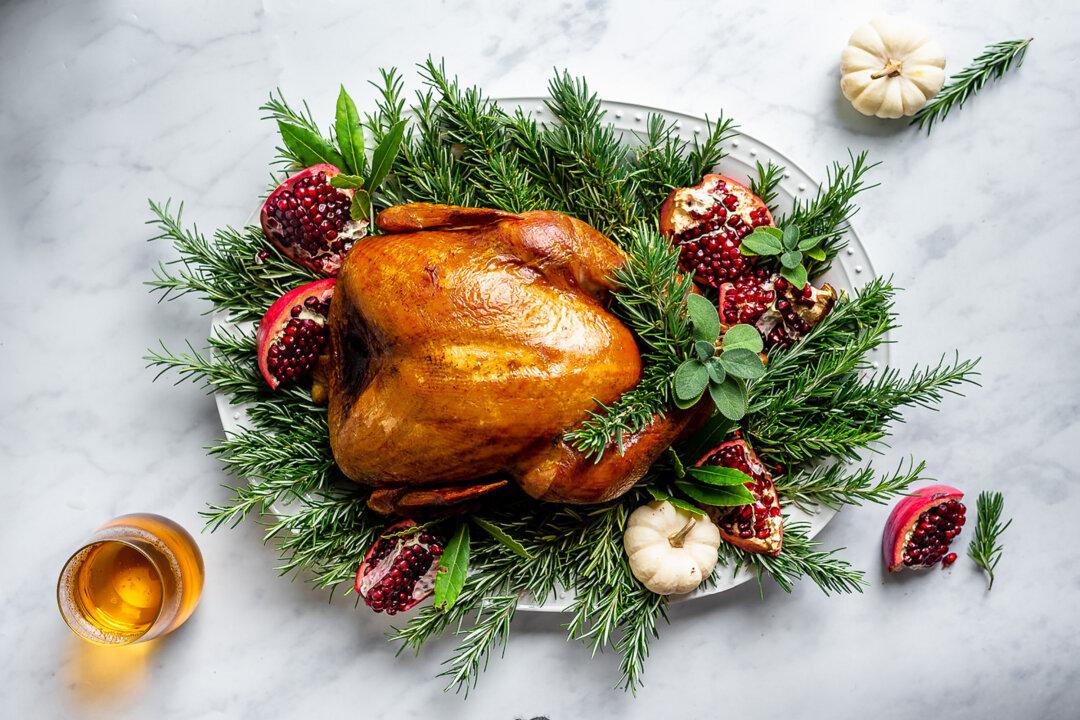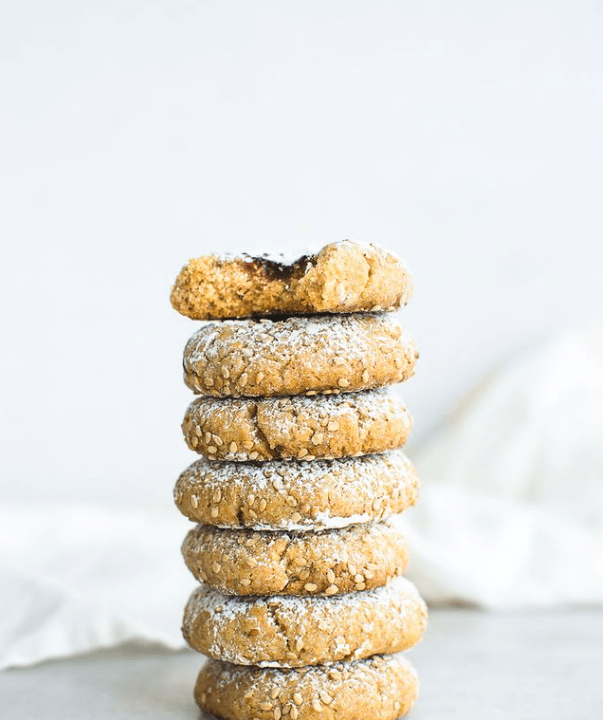Roast turkey, the centerpiece of most Thanksgiving dinners, can make (or break) the meal. With that much pressure placed on a single dish, it’s easy to feel intimidated. There are complex brines and dry-rubs to make, temperature and timing to keep, and the tetris-like game of fitting all the casseroles and baking dishes into the oven with the hope of it all coming out piping hot and ready at the same time.
Inheriting my husband’s family slow-roasted turkey recipe solved those riddles for me.





